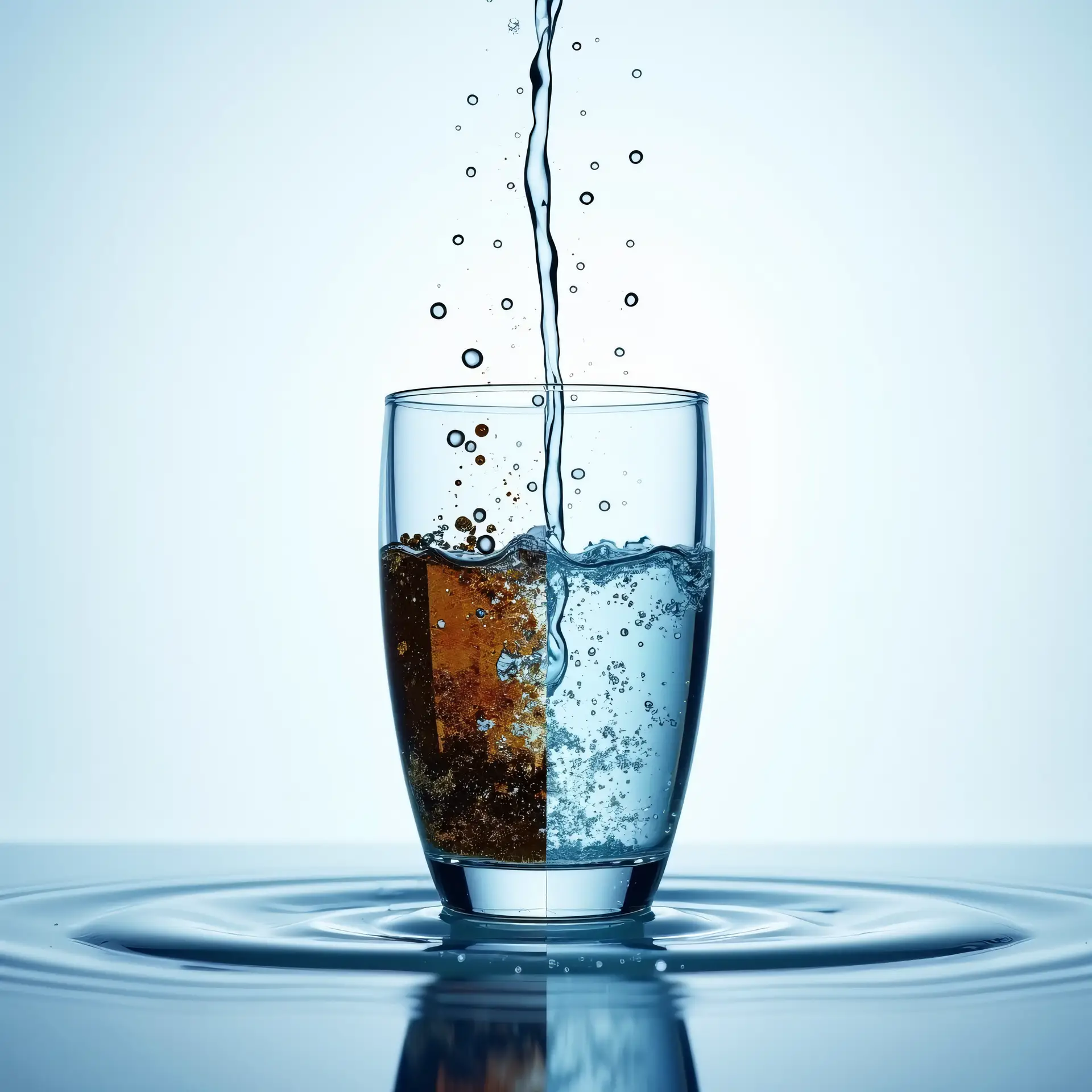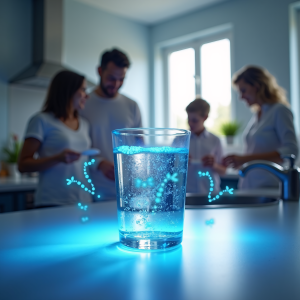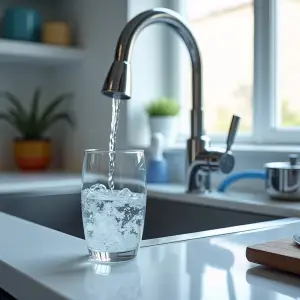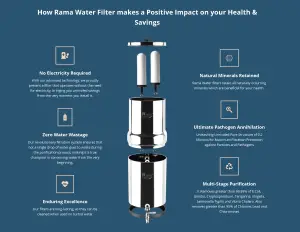Access to clean, safe drinking water is fundamental to human health and well-being. Contaminated water can harbor harmful bacteria, viruses, and parasites, leading to a range of waterborne illnesses. Water purifiers play a crucial role in ensuring the safety and quality of our drinking water, removing impurities and contaminants that may be present in municipal supplies or private wells. However, even the most advanced water purification systems require regular maintenance to operate effectively and maintain their ability to deliver clean, safe water. Neglecting maintenance can lead to reduced performance, compromised water quality, and ultimately, the need for costly repairs or premature replacement. This comprehensive guide will delve into the essential aspects of water purifier maintenance, empowering you to keep your system running optimally and providing your household with consistently clean and healthy drinking water.
Understanding Your Water Purifier
Water purifiers come in various types, each employing different technologies to remove impurities. Common types include:
- Sediment filters: These remove larger particles like sand, silt, and rust.
- Carbon filters: These absorb chlorine, organic compounds, and other taste and odor-causing substances.
- Reverse Osmosis (RO) systems: These use semi-permeable membranes to remove dissolved solids, salts, and other contaminants.
- Ultraviolet (UV) purifiers: These use UV light to kill bacteria and viruses.
The Environmental Protection Agency (EPA) provides guidelines on drinking water quality, while the National Sanitation Foundation (NSF) certifies water purification products based on their performance and safety. Understanding your purifier’s type and its specific filtration stages is crucial for tailoring your maintenance routine. For instance, RO systems require more frequent maintenance than simple sediment filters due to the complexity of their multiple stages and the need for membrane flushing. The EPA and NSF websites offer valuable resources to help you understand the technology behind your specific purifier and its appropriate maintenance schedule.
Source: https://www.epa.gov/drink
Source: https://www.nsf.org/certified-products
Check out our Blog on The Ultimate Guide to Reverse Osmosis for a Healthier Home.
Check out our Blog on A Deep Dive into UV Water Purification
Check out our Blog on A Comprehensive Guide to Gravity Water Purifiers
Essential Water Purifier Maintenance Tasks
Regular maintenance is essential to ensure optimal performance and longevity. Key tasks include:
- Pre-filter cleaning/replacement: Sediment pre-filters should be cleaned or replaced regularly, depending on water quality and usage. Clogged pre-filters can restrict water flow and reduce the lifespan of other filter stages.
- RO membrane flushing: RO membranes require periodic flushing to remove accumulated minerals and contaminants. This helps maintain optimal performance and extends the membrane’s lifespan. Aquasana, a reputable water filter manufacturer, provides detailed instructions on flushing RO membranes in their product manuals.
- UV lamp replacement: UV lamps have a limited lifespan and need replacement at regular intervals. A malfunctioning UV lamp compromises the system’s ability to kill bacteria and viruses.
- Water tank cleaning: The water storage tank should be cleaned periodically to prevent the growth of bacteria and algae.
- Exterior cleaning: Regular cleaning of the purifier’s exterior prevents the build-up of dust and grime.
Source: https://www.aquasana.com/info/how-often-to-change-water-filter
Water Purifier Filter Replacement
Replacing filters is a critical aspect of water purifier maintenance. Different filter types have varying lifespans, influenced by factors such as water quality, usage frequency, and water pressure. Filter replacement schedules are typically indicated by the manufacturer and are often based on volume of water processed or time elapsed. The NSF certification database is a valuable resource for identifying certified filters and comparing their specifications. The cost of replacement filters varies widely depending on the type of filter and the brand. Choosing the right filters is essential for maintaining optimal water quality and ensuring the system’s effectiveness. It’s advisable to use filters that are compatible with your purifier model and meet NSF standards.
Decoding Water Purifier Service & AMC Plans
Annual Maintenance Contracts (AMCs) offer comprehensive service plans that typically include regular maintenance tasks such as filter replacements, cleaning, and inspections. The cost of AMC plans varies depending on the purifier model and the service provider. While AMCs offer convenience and peace of mind, they may not always be the most cost-effective option, especially for users who are comfortable performing basic maintenance tasks themselves. Weighing the advantages and disadvantages is crucial before opting for an AMC.
Troubleshooting Common Water Purifier Problems
Several common problems can affect water purifier performance. These include:
- Low water flow: This may indicate clogged filters or a malfunctioning pump.
- Water leaks: Leaks can be caused by loose connections, damaged tubing, or a faulty membrane.
- Unusual taste/odor: This suggests issues with the carbon filter or potential contamination.
- TDS (Total Dissolved Solids) level fluctuations: Unexpected changes in TDS levels may indicate a problem with the RO membrane or other filter stages.
- Purifier not turning on: This could be due to a power supply issue, a faulty switch, or a problem with the internal components.
Extending Your Water Purifier’s Lifespan
Several practices can significantly extend the lifespan of your water purifier:
- Using correct filters: Utilizing filters compatible with your system and meeting NSF standards ensures optimal performance and prevents premature wear.
- Proper installation: Correct installation is critical for efficient operation and prevents potential damage.
- Addressing hard water issues: Hard water can significantly reduce the lifespan of filters and components. Using a water softener or pre-treatment system can mitigate this problem.
DIY vs. Professional Maintenance
Many basic maintenance tasks, such as pre-filter cleaning and exterior cleaning, can be performed at home. However, more complex tasks, like RO membrane flushing and UV lamp replacement, may require professional expertise. Weighing your comfort level with DIY repairs against the potential costs of professional service is crucial. For users who lack the technical expertise or are uncomfortable performing certain maintenance tasks, professional service is always a safer and more reliable option.
Conclusion
By following these guidelines and implementing a regular maintenance routine, you can ensure your water purifier continues to deliver clean, safe, and healthy drinking water for years to come. Remember to always consult your purifier’s manual for specific instructions and recommendations. Prioritizing water purifier maintenance is an investment in your health and well-being, safeguarding your family from the potential risks of contaminated water.
Ready take next step cleaner, healthier water? Browse expertly curated selection top-rated water purifiers take advantage of exclusive discounts! Check out our blog post on Kent, Aquaguard , Gravity filters and Livpure Or, still unsure of filter system right you, check out our blogs on A Comprehensive Guide to Choosing the Right Purifier



